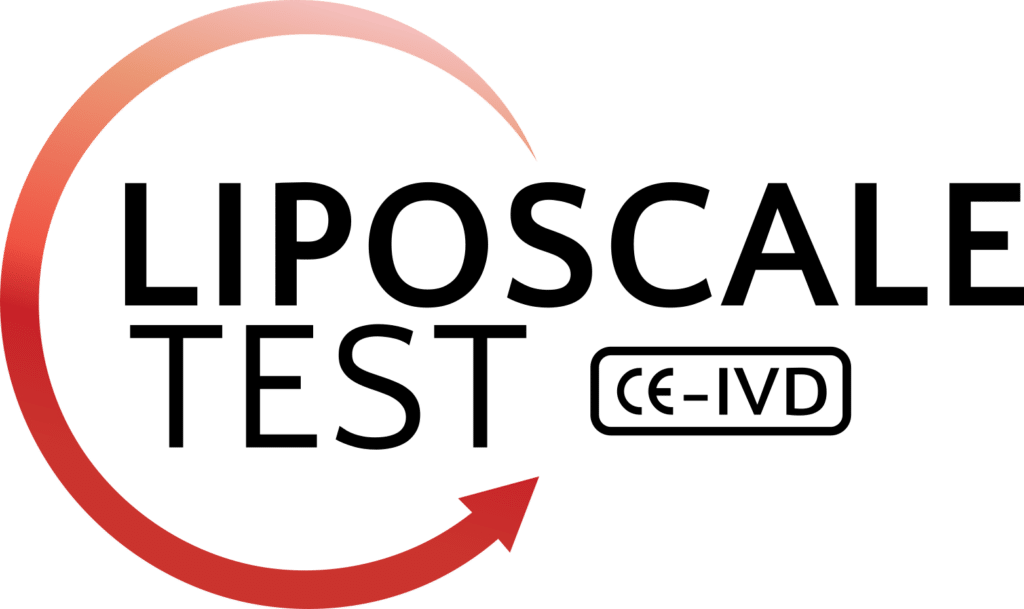Physicochemical Properties of Lipoproteins Assessed by Nuclear Magnetic Resonance as a Predictor of Premature Cardiovascular Disease. PRESARV-SEA Study
Abstract Some lipoprotein disorders related to the residual risk of premature cardiovascular disease (PCVD) are not detected by the conventional lipid profile. In this case-control study, the predictive power of PCVD of serum sdLDL-C, measured using a lipoprotein precipitation method, and of the physicochemical properties of serum lipoproteins, analyzed by nuclear magnetic resonance (NMR) techniques, […]
Particle size and cholesterol content of circulating HDL correlate with cardiovascular death in chronic heart failure
Abstract Evidence regarding any association of HDL-particle (HDL-P) derangements and HDL-cholesterol content with cardiovascular (CV) death in chronic heart failure (HF) is lacking. To investigate the prognostic value of HDL-P size (HDL-Sz) and the number of cholesterol molecules per HDL-P for CV death in HF patients. Outpatient chronic HF patients were enrolled. Baseline HDL-P number, […]
Analysis of LDL and HDL size and number by nuclear magnetic resonance in a healthy working population: The LipoLab Study
Abstract Background and aim: Atherosclerosis is the underlying process in cardiovascular disease (CVD), the first cause of death in developed countries. We aimed to identify people with no known CVD and normal values of LDL-C and HDL-C, but with alterations in the number and size of lipoprotein particles (as measured by nuclear magnetic resonance [NMR]) and […]
Consensus document of an expert group from the Spanish Society of Arteriosclerosis (SEA) on the clinical use of nuclear magnetic resonance to assess lipoprotein metabolism (Liposcale®)
Abstract The assessment and prevention of cardiovascular risk (CVR) that persists in patients with dyslipidaemia despite treatment and achievement of goals specific to the plasma concentration of cholesterol linked to low density (c-LDL) is a clinical challenge today, and suggests that conventional lipid biomarkers are insufficient for an accurate assessment of CVR. Apart from their […]
Habitual Fish Consumption, n-3 Fatty Acids, and Nuclear Magnetic Resonance Lipoprotein Subfractions in Women
Background Supplementation with omega-3 (n-3) fatty acid or dietary fish may protect against atherosclerosis, but the potential mechanisms are unclear. Prior studies found modest triglyceride-lowering effects and slight increases in LDL (low-density lipoprotein) cholesterol. Limited evidence has examined n-3 effects on more detailed lipoprotein biomarkers. Methods and Results We conducted a study of 26 034 […]
Precipitated sdLDL: An easy method to estimate LDL particle size
Abstract Background: LDL-C lowering is the main measure in cardiovascular disease prevention but a residual risk of ischemic events still remains. Alterations of lipoproteins, specially, increase in small dense LDL (sdLDL) particles are related to this risk. Objective: To investigate the potential use of sdLDL cholesterol concentration (sdLDL-C) isolated by an easy precipitation method and […]
Gelsolin: a new biomarker of disease activity in SLE patients associated with HDL-C
Abstract Objectives: To identify potential biomarkers of disease activity analysing the proteome of high-density lipoprotein (HDL) particles from SLE patients in clinical remission and when they develop a flare compared with a healthy control group. Methods: Quantitative proteomic analyses of purified HDL were performed using Tandem Mass Tag isobaric tag-labelling and nanoLC-Orbitrap (nLC-MS/MS) from nine […]
Efficacy of therapeutic lifestyle changes on lipid profiles assessed by NMR in children with familial and non-familial hypercholesterolemia
Abstract Background and aims: The first line of therapy in children with hypercholesterolaemia is therapeutic lifestyle changes (TLSC). The efficacy of lifestyle intervention in children with familial hypercholesterolaemia (FH), where LDL-C levels are genetically driven, deserves a focused study. Aims: To evaluate the impact of a lifestyle education program, focused on food patterns and physical […]
Lipid Profile Rather Than the LCAT Mutation Explains Renal Disease in Familial LCAT Deficiency
Abstract Renal complications are the major cause of morbidity and mortality in patients with familial lecithin-cholesterol acyltransferase (LCAT) deficiency (FLD). We report three FLD patients, two of them siblings-only one of whom developed renal disease-and the third case being a young man with early renal disease. The aim of this study was to analyze the […]
Faecal bacterial and short-chain fatty acids signature in hypercholesterolemia
Abstract Gut microbiota has been suggested to affect lipid metabolism. The objective of this study was to characterize the faecal microbiota signature and both short chain fatty acids (SCFAs) and bile acids (BA) profile of hypercholesterolemic subjects. Microbiota composition, SCFAs, BA and blood lipid profile from male volunteers with hypercholesterolemia (HC) and normocholesterolemia (NC) were […]


